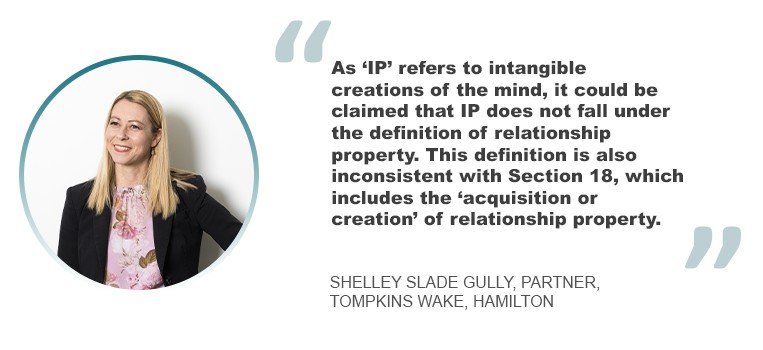“In my opinion, a clear differentiation should be made between the ownership of IP, encompassing its associated rights, and the potential income generated by the IP. In the latter part, it is essential to ascertain how the income generated from the IP developed during the spouse’s relationship should be classified,” said Duran.
According to Duran, the Intellectual Property Code of the Philippines does not specifically address the issue of IP ownership in relationships. Hence, existing civil laws and principles are used as references to determine IP ownership when dealing with cases involving spouses or couples.
“IP ownership in connection with relationship properties by spouses or couples is a complex legal issue that requires a thorough analysis of relevant laws and jurisprudence. So, clarification of specific provisions in the Intellectual Property Code of the Philippines may be beneficial to address potential areas of ambiguity,” said Duran.
Duran said that she is not aware of any case in the Philippines similar to the Alalääkkölä case. Most of the cases of dissolution of marriage that she has handled ended up with one spouse giving up their rights to their communal properties.
Duran, however, related a 2004 divorce case in the U.S. where IP ownership in connection with relationship property was decided. In Sheshtawy v. Sheshtawy, the state Court of Appeals in San Antonio, Texas, awarded Amal Sheshtawy, the non-creator, a 60-percent stake in all patents obtained or sought during the marriage, which began on May 16, 1996. Her husband, Adel Sheshtawy, who filed for divorce on December 14, 2000, appealed the decision. In its ruling, the appellate court recognized that a previous Texas court held that patents acquired during the marriage and the resulting profits are considered community property. “This acknowledgement indicates that IP developed within the marital union is subject to division in the event of a dissolution of marriage,” noted Duran.
(It should be noted that, in the United States, divorce law is written by state legislatures and applied by state courts, and that this ruling would not qualify as precedent outside Texas. While Texas is a community property state, only nine U.S. states have similar laws; other states follow what is known as an equitable distribution system, where marital property is divided fairly but not necessarily equally.)
In contrast, the Taiwanese law on IP and relationship property has clarity, according to Nick J.C. Lan, attorney-at-law at Tsai, Lee & Chen in Taipei.
There are three types of matrimonial property regimes in Taiwan.
The default regime is the statutory matrimonial property regime. This regime is used when there is no existing matrimonial property contract stipulating otherwise between the spouses. Under this regime, in principle, the property including the IP rights of either spouse shall be divided into the property acquired before marriage and the property acquired during the union. The property shall also be owned respectively. For example, any IP right acquired by the husband before the union or during the union will still belong to him.
“However, upon dissolution of the statutory marital property regime, the remainder of property acquired by the husband or wife in marriage, after deducting the debts incurred during the continuance of the marriage relationship, if any, shall be equally distributed to the husband and the wife, except property that is (1) Property acquired from succession or as a gift, and (2) solatium,” explained Lan. Solatium refers to a payment made to a victim as compensation for injured feelings or emotional pain and suffering, as distinct from payment for physical injury or for damaged property.












